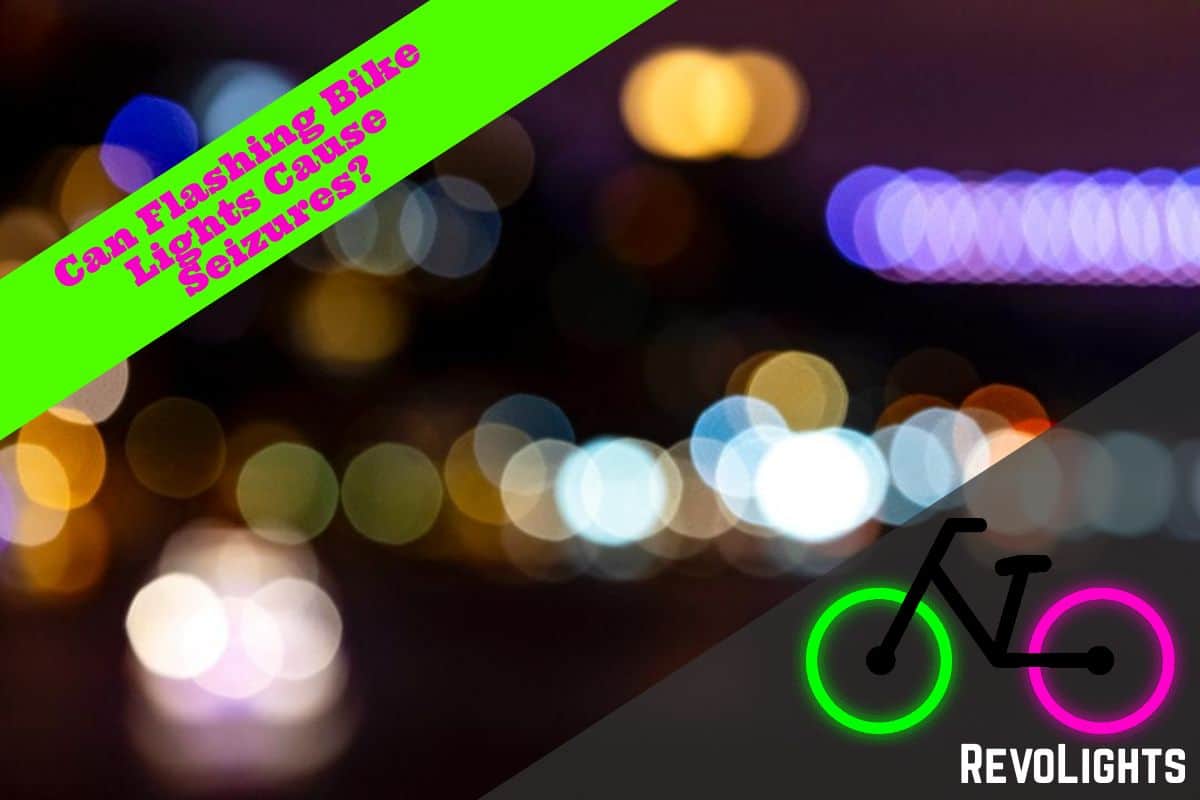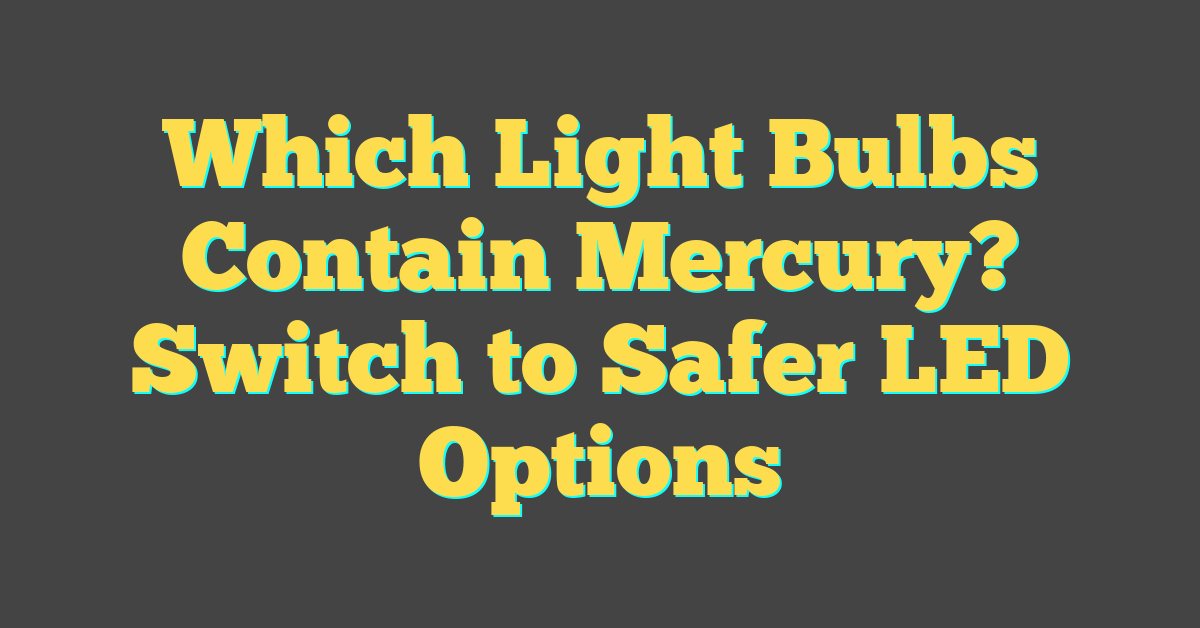While bike lights benefit cyclists, they can also cause adverse reactions and affect physical health. But can flashing bike lights cause seizures? They can trigger epileptic episodes, but occurrences are rare and depend on the individual.

Flashing bike lights can also affect non-epileptics due to their intense beams that cause adverse brain reactions. This article will discuss how bike lights can cause seizures and explain the power of their intensity. Read further for more information about the relationship between flashing light beams and epileptic reactions.
How Bike LED Lights Can Trigger Epileptics
Photosensitivity occurs in the frequency of light intensity due to brightness and the distance from the light source. Low light may prevent distress among individuals who suffer from severe eye sensitivity.
Light flashes can disturb brain activity due to rapid beams that occur at least every millisecond. Therefore, various light sources, such as computer monitors, advanced visual graphics, and sunlight, can trigger a neurological episode.
Since many bike lights are LED-powered, they contain high intensity, causing photosensitive epilepsy triggered by bright flashing lights or patterns. The condition is usually diagnosable during an electroencephalogram, which tests an individual’s tolerance.
How to Prevent Triggering Seizures While Using Flashing Bike Lights
One of the most resourceful ways to avoid triggering epileptic seizures is to prevent using a flashing light on your bike. Not only do they confuse and disorient other road users, but they can also distort their vision. There are bike lights that have moderate brightness, motion sensors, and responsive technology.
Flashing lights have their benefits, but they have a high level of luminance that can hurt the eyes at first glance. They can cause vision and neurological issues such as blurriness, strain, and cluster headaches. Therefore, your flashing bike light pattern shouldn’t exceed 30 flashes per second.
Although flashing front lights could be more beneficial than steady beams, there are other crucial factors to consider when analyzing their intensity. Bike headlights are brighter than rear lights and use wide beams without surprising drivers or other cyclists.
A steady front beam is the most reasonable option for motorists, but it must have a low lumen level. It must have settings to control its intensity depending on the situation. Also, consider using common sense while ensuring that your light uses low power at an angle.
What to Know About Lumen Requirements
Many lights on the market have up to 700 lumens, which can be minimized or maximized using light settings to control their intensity, allowing you to ride at a particular pace away from overhead lighting. On a bike’s rear, 20 lumens will still draw attention to you, giving prior notice of your location. You can also use a rear light as a daytime running lamp with a pulse setting of at least 40-50 lumens.
Bikers must meet the required brightness level, depending on neighborhood guidelines or on the advice of a traffic cop. On average, bike lights should only shine at 50-60 lumens during the daytime. The maximum of dimly lit roads is 80-100.
Your bike lights must be between 300 and 400 lumens for cycling on dark streets, roads, and in the countryside. The recommended light output for biking on trails is 600 lumens, but it could be too bright for some drivers and cyclists. Lights sharper than the maximum rate in their designated surroundings could cause temporary paralysis and seizures.
What Alternatives You Can Use
While you’re required to use standard bike lights, you must also remember how problematic they can be for individuals with a low tolerance for their beams. Consider searching for several alternate options for the standard bike light. They provide lower light intensity and are less likely to trigger seizures when active.
Low Beam Headlamps
Headlamps function in various ways while attached to the head. However, other lights are mountable using a clip that attaches to helmets and other headwear or straps worn as headbands. The design allows cyclists to keep their hands free while biking and preventing vision obstructions.
Smartphone Flashlight
Smartphone flashlights are as powerful as handheld flashlights due to their high beam. They can illuminate, resembling the intensity of a torch. The light is accessible on the control panel, which slides up on the screen using a forefinger, thumb, or the options in the Settings panel.
You can slide your phone into a cover containing a built-in clip that attaches to the stem of your handlebars. The effect resembles a bike light and provides efficient visibility while cycling. It can be a reliable replacement for a standard light due to its luminance.
CREE LEDs
CREE LEDs are one of the best cost-effective alternatives to standard bike lights due to their low brightness output. They give you exceptional visibility on the road and use special optics that release a soft beam. This option is also ideal for people with epilepsy who can suffer a seizure shortly after glancing at an intense beam.
Reflectors
Bike reflectors transfer light back in the direction of a source, such as car headlights. Your bike may already have some attachments depending on the model. Many modern bikes include a set but are rarely installed by the bike shop attendant before a purchase.
Popular placements are on the pedals, handlebars, seat stem, and rear rack. You can also find other areas on your bike to put your reflectors as long as they are visible. There are also guidelines for you to consider despite where you decide to place reflective items.
Many individuals ask, “Can flashing bike lights cause seizures?” when wondering if they have a poor effect on epileptic individuals or are powerful enough to cause vision issues. However, after reading this article, you know that bright beams can ruin eyesight and trigger neurological disabilities. You’re also aware of ways to avoid causing seizures using alternatives as a courtesy to individuals prone to sudden attacks consisting of convulsions, whether minor or severe.




